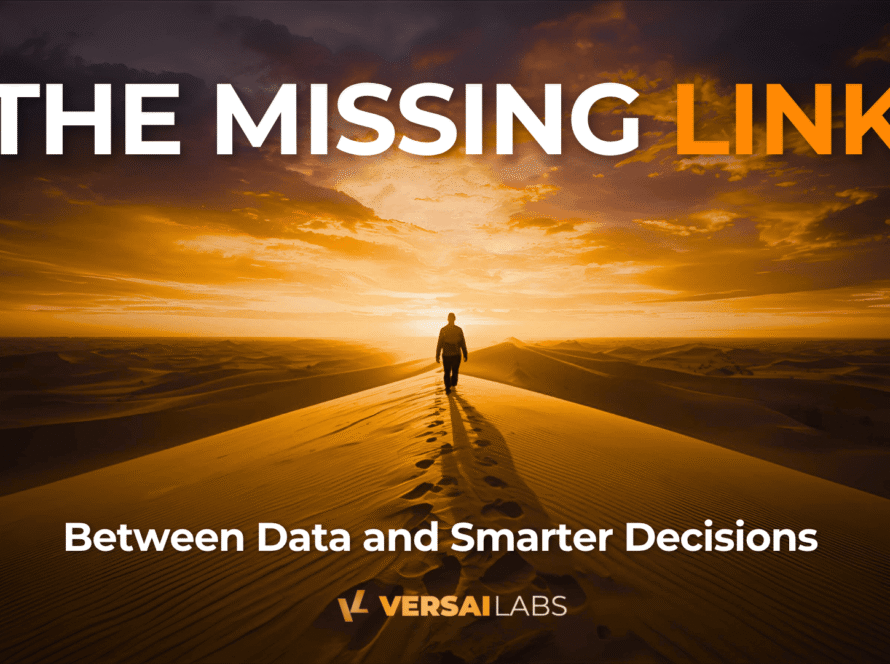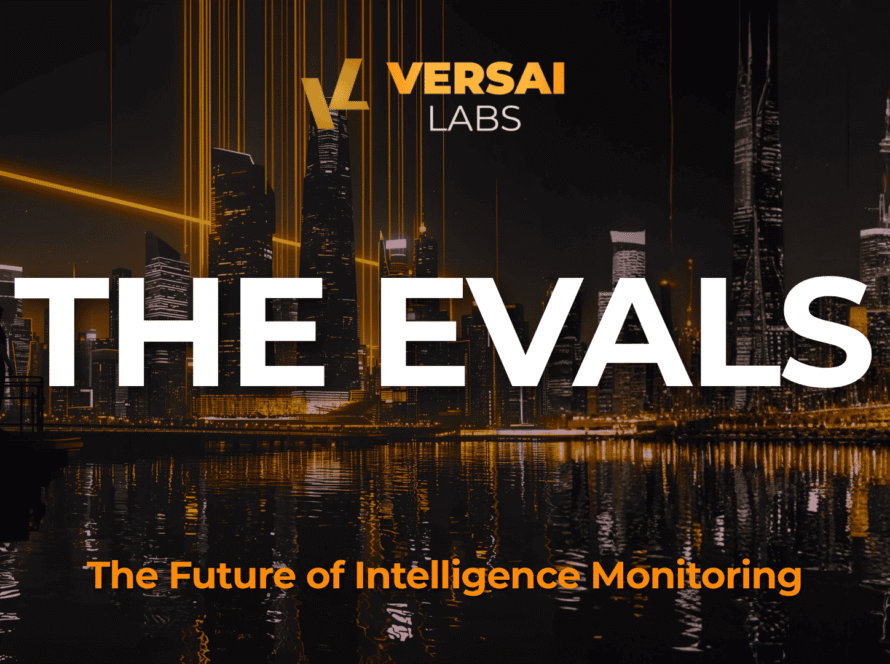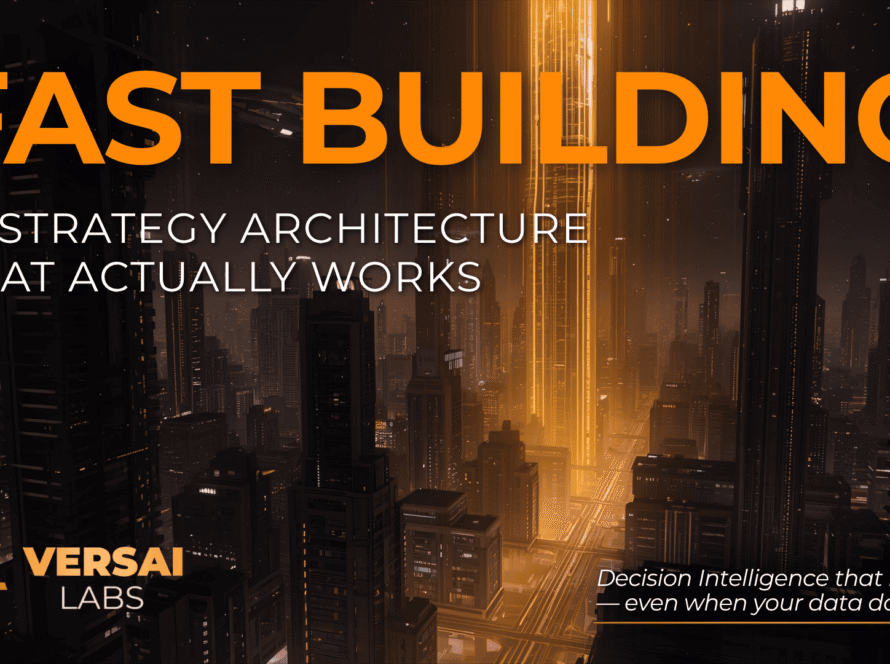We built better dashboards. The problems got worse.
More visualizations. Cleaner interfaces. Real-time feeds. Yet decisions still lag, incidents still surprise, and root causes still hide in plain sight.
72% of dashboard users bypass them entirely and export straight to Excel. Not because dashboards are poorly designed. Because they can’t answer the question that actually matters.
Why is this happening?
Dashboards show what changed. They can’t show what’s connected.
You see a spike in API latency. You see a drop in conversion rate. You see both on the same screen. Your brain assumes connection.
But correlation without topology is noise with a pattern.
LinkedIn’s research team found that correlation-based methods produced errors ranging from 46% to 250% outside true values. Structural misunderstandings that cascade into decisions built on false premises.
The problem isn’t your dashboard. It’s what dashboards were built to do.
Observe. Not explain.
They show metrics moving. They can’t map the dependencies that make them move.
What Gets Lost in Translation
74% of companies aim to be data-driven. Only 29% transform analytics into action.
The gap isn’t skill. It’s structure.
Dashboards give you time-series data. Lines moving up. Lines moving down. You see the movement. You don’t see the dependencies. You can’t tell which relationships matter or why.
You’re watching shadows. The structure is behind you.
From Observation to Understanding
Topology mapping changes the question.
Not “what happened.” What’s connected.
Not isolated metrics. The dependency network that governs them.
You see influence pathways. Statistical dependencies. Temporal coupling. Regime shifts that flag when established relationships break down.
You stop guessing which correlations matter. You see the relationship topology that makes correlation actionable.
System Intelligence Engines ingest telemetry and map relationship topology at the point of entry. Not dashboards with more widgets. Structural maps that reveal how systems actually behave.
The Shift That Matters
You can keep watching metrics move. Or you can map why they move.
Visibility versus structural intelligence.
The companies making this shift aren’t chasing better charts. They’re avoiding the cost of decisions built on correlation instead of topology. Downtime. Wrong bets. Risks hidden in plain sight.
Dashboards gave us visibility when we had none.
But visibility without topology is noise at scale.
The next layer isn’t better visualization. It’s structural intelligence. Dependency mapping. Operational dynamics revealed at ingest.
That’s where the gap closes.
DataWell can help you define the relationships in your metrics.
Apply for a free scan today at DataWell.



